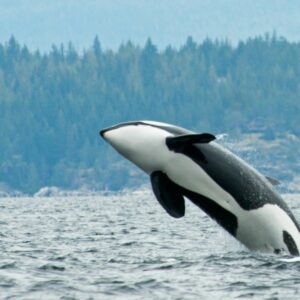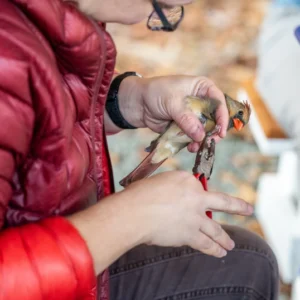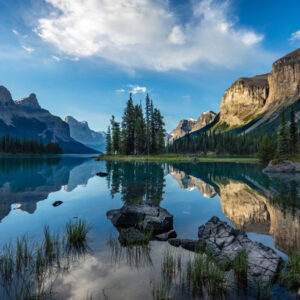Nunavut Considers Limiting Polar Bear Hunt
Nunavut’s territorial government has suggested cutting the annual polar bear hunting quota nearly in half — from 105 bears to 64 — because “under the current harvest conditions…there is a 100 percent chance of population decline.”
According to the Canadian Press, Environment Minister Daniel Shewchuk warned Nunavut’s Wildlife Management Review Board, which makes decisions on hunting quotas, that the international community is watching, and that limiting the hunt is necessary to avoid damaging economic sanctions.
Limiting the hunt is a contentious issue. On the one hand, local hunters insist that computer models, which suggest the Baffin Bay polar bear population has been reduced to 1,500, are wrong. They point to models that inaccurately reported the decline of the bowhead whale as evidence that such models are not to be trusted.
I am more inclined to trust the computer models, however, than the hunters apparently do, and I’m inclined to trust those who use them.
I am inclined to trust the International Union for the Conservation of Nature, which predicts a 30% decline in population for the polar bear within three generations (about 45 years).
And I trust the Center for Biological Diversity, who forecast that, if current warming trends continue to wipe out the polar bear’s traditional, sea ice hunting grounds, two-thirds of all polar bears could be extinct by 2050.
And I trust the US Geological Survey, who estimate as many as two thirds of the 20-25,000 polar bears that roam the Arctic could disappear by the middle of this century.
In 2009, the IUCN Polar Bear Specialist Group (PBSG) cited climate change as the greatest challenge to the conservation of polar bears. While much work remains to address the climate change threat, reducing hunting quotas on an increasingly vulnerable species would be a welcome development.



